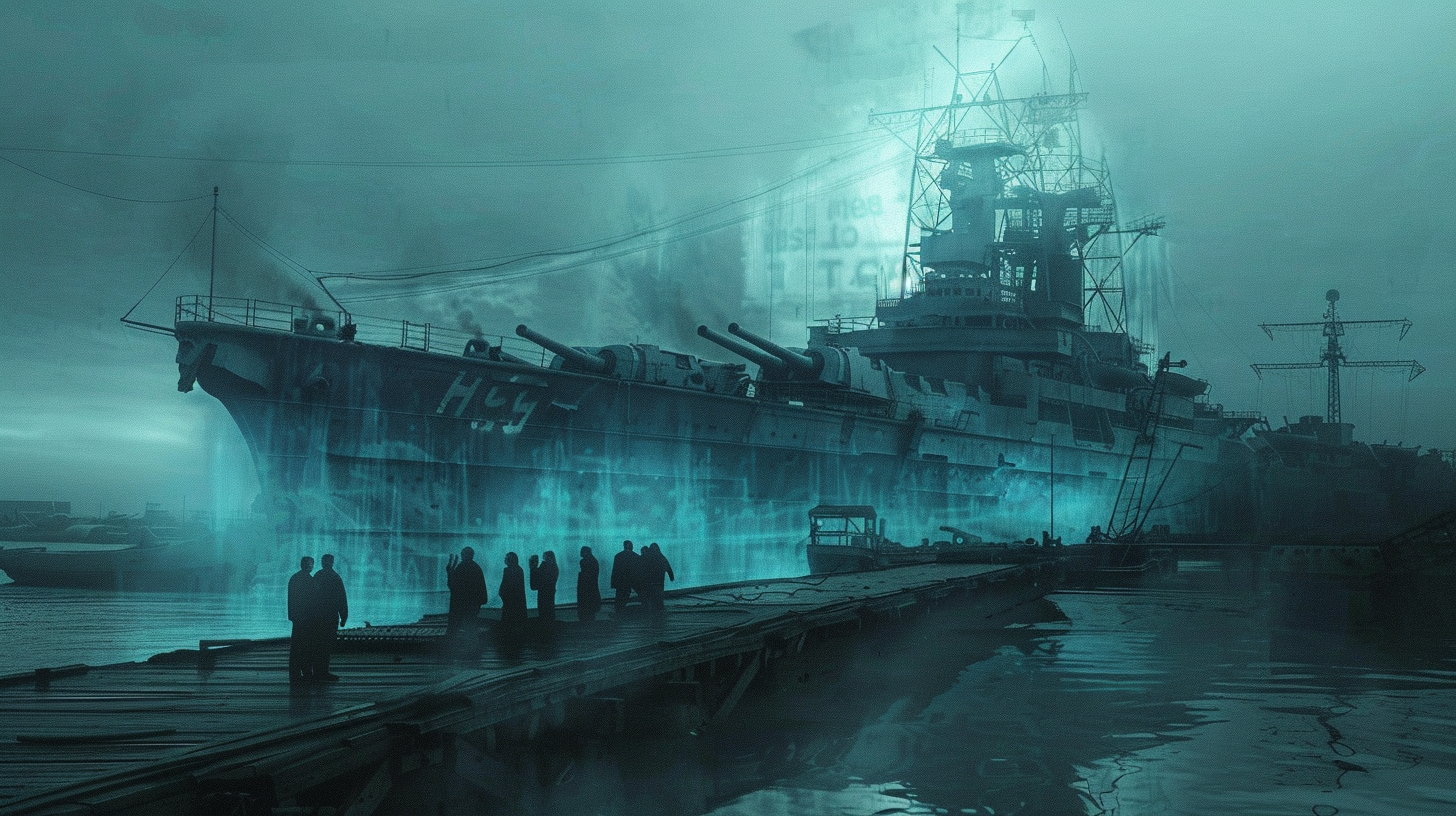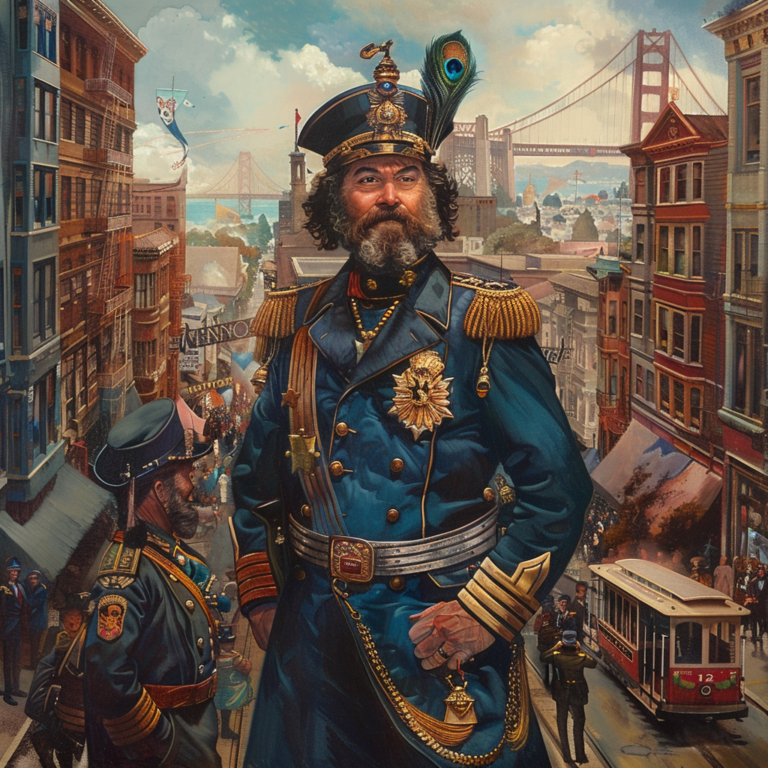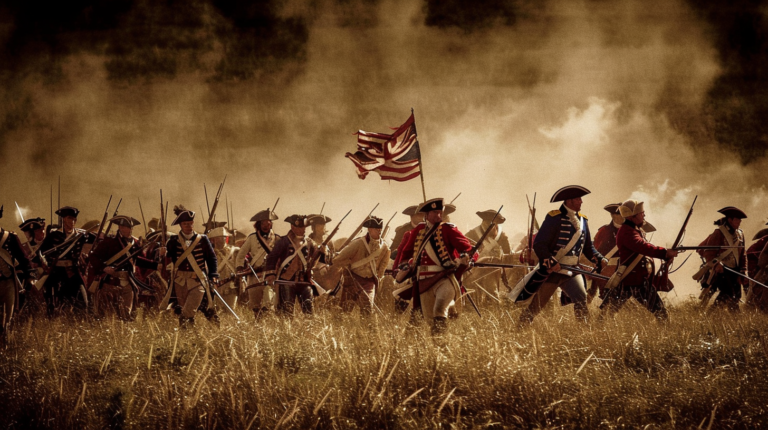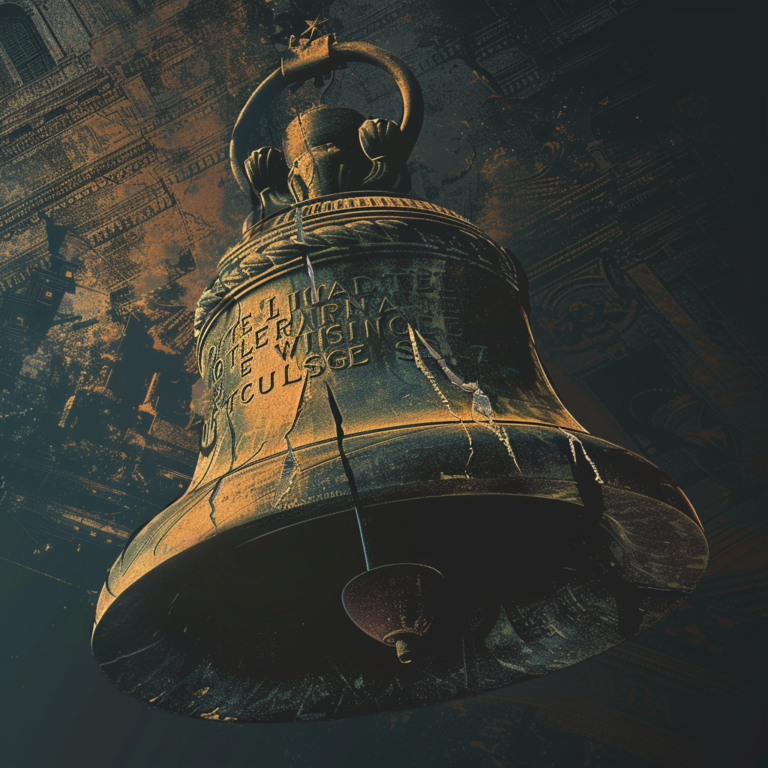The Philadelphia Experiment: Unraveling the Mystery of Naval Invisibility
In the annals of World War II history, few stories are as intriguing and controversial as the Philadelphia Experiment. Allegedly conducted by the U.S. Navy in 1943, this covert operation aimed to achieve the impossible: rendering a warship invisible. But did it really happen, or is it merely an elaborate hoax? Let’s dive into the murky waters of this enduring mystery.
The Legend Takes Shape
The tale of the Philadelphia Experiment first surfaced in 1955 when Morris K. Jessup, author of “The Case for UFOs,” received a series of peculiar letters from a man calling himself Carlos Miguel Allende. Allende claimed to have witnessed an extraordinary event at the Philadelphia Naval Shipyard on October 28, 1943. According to his account, the USS Eldridge, a destroyer escort, vanished in a flash of blue light, only to reappear moments later in Norfolk, Virginia – over 200 miles away.
The Alleged Experiment
Proponents of the Philadelphia Experiment theory suggest that the Navy was attempting to apply Albert Einstein’s unified field theory to achieve radar invisibility. The experiment supposedly involved:
- Generating powerful electromagnetic fields around the ship
- Bending light to create a cloaking effect
- Potentially opening a portal for teleportation
The alleged results were far more dramatic – and horrifying – than anyone could have anticipated.
Gruesome Consequences
According to the legend, when the USS Eldridge rematerialized, the crew had suffered unimaginable fates. Some were reportedly fused into the ship’s metal structure, while others had gone insane or simply vanished. These chilling details added a layer of horror to an already fantastic tale, capturing the imagination of conspiracy theorists and sci-fi enthusiasts alike.
The Navy’s Response
The U.S. Navy has consistently denied any involvement in such an experiment. They maintain that the USS Eldridge was nowhere near Philadelphia on the date in question, providing logs and crew testimonies to support their stance. The Navy argues that the entire story is a fabrication, likely stemming from misunderstandings about degaussing, a real technique used to make ships less vulnerable to magnetic mines.
Debunking the Myth
Skeptics and historians have poked numerous holes in the Philadelphia Experiment narrative:
- No credible witnesses have ever come forward
- The scientific principles involved are fundamentally unsound
- The USS Eldridge’s crew records show no unexplained absences or deaths
Moreover, the original source, Carlos Allende, was later revealed to be Carl Allen, a man with a history of mental health issues and a penchant for elaborate hoaxes.
The Power of Urban Legends
Despite the lack of evidence, the Philadelphia Experiment has persisted in popular culture. It has inspired movies, books, and countless online discussions. This endurance speaks to our fascination with the unexplained and our willingness to believe in extraordinary possibilities.
The Real Philadelphia Experiment?
While the invisibility project remains in the realm of fiction, the U.S. military has indeed conducted research into stealth technology. Modern stealth aircraft and ships use advanced materials and designs to reduce their radar signatures, achieving a form of “invisibility” that the alleged Philadelphia Experiment could only dream of.
Scientific Advancements Since 1943
In the decades since the supposed experiment, science has made remarkable strides:
- Metamaterials can bend light around objects
- Quantum teleportation is now a reality, albeit on a subatomic scale
- Cloaking devices are being developed for various applications
While these advancements are exciting, they’re a far cry from the instantaneous teleportation and full-scale invisibility described in the Philadelphia Experiment legend.
Separating Fact from Fiction
The Philadelphia Experiment remains a captivating tale that blurs the lines between science fiction and reality. While the evidence overwhelmingly suggests it never happened, the story continues to intrigue us. It serves as a reminder of our enduring fascination with the unknown and the power of a well-told urban legend.
As we continue to push the boundaries of science and technology, who knows what seemingly impossible feats we might achieve in the future? For now, the Philadelphia Experiment remains firmly in the realm of myth – a tantalizing “what if” that challenges us to imagine the extraordinary.





